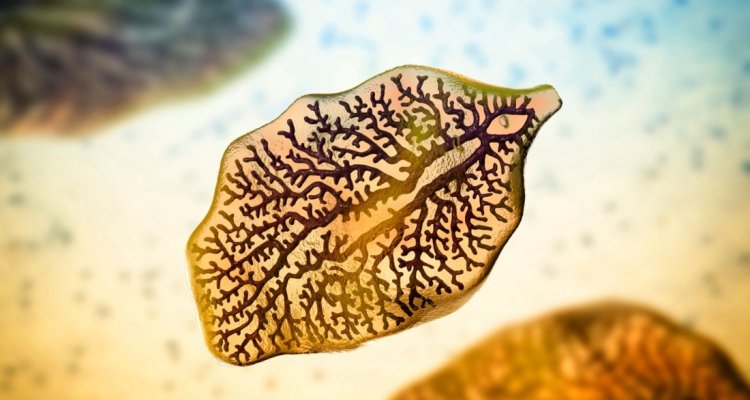
Project
Wise with Worms
The aim of this project is to focus on keeping gastrointestinal worm and liver fluke infections under control in ruminants (focus: cattle) and thus contributes to the transition to a sustainable and high-quality food system. The goal of the project is to strongly reduce the number of curative treatments by using a systems-based approach as an alternative to frequent treatment with (synthetic) anthelmintics. ‘Wise with worms’ is an integral, multidisciplinary approach, in such a way that undesirable side effects of limited treatment are kept under control.
Background
An infection with worm parasites leads to comparable mild, but sometimes also very serious clinical symptoms and consequent production losses. The estimate of the costs for dairy cattle in NL is approximately €70 million per year, of which €62.5 million concerns production losses. Gastrointestinal worms and liver fluke are a reason for farmers to treat with (synthetic) anti-parasitic veterinary medicines, but resistance to these agents regularly occurs. To reduce CO2emissions in wet peatlands areas the water level will be increased. Thus, favorable conditions are created for the Galba snail that forms the intermediate host for liver flukes. Consequently, liver fluke infections are likely to increase and other measures than anti-parasitic medicines must be developed. These measures should reduce the occurrence of drug resistance but also give farmers alternative and more sustainable control options.
Project description
Our main task in the project is the development of vaccine candidates against the liver fluke Fasciola hepatica.To date no vaccines against this or other parasitic worms are currently on the market. In addition, we will further test and develop vaccines against the gastrointestinal parasites Ostertagia ostertagiand Cooperia oncophora that have previously been investigated in our laboratory. In all cases we will exploit Nicotiana benthamiana as expression system because it will allow us to produce the vaccine targets with a tailor-made glycan composition (to mimic the native proteins).